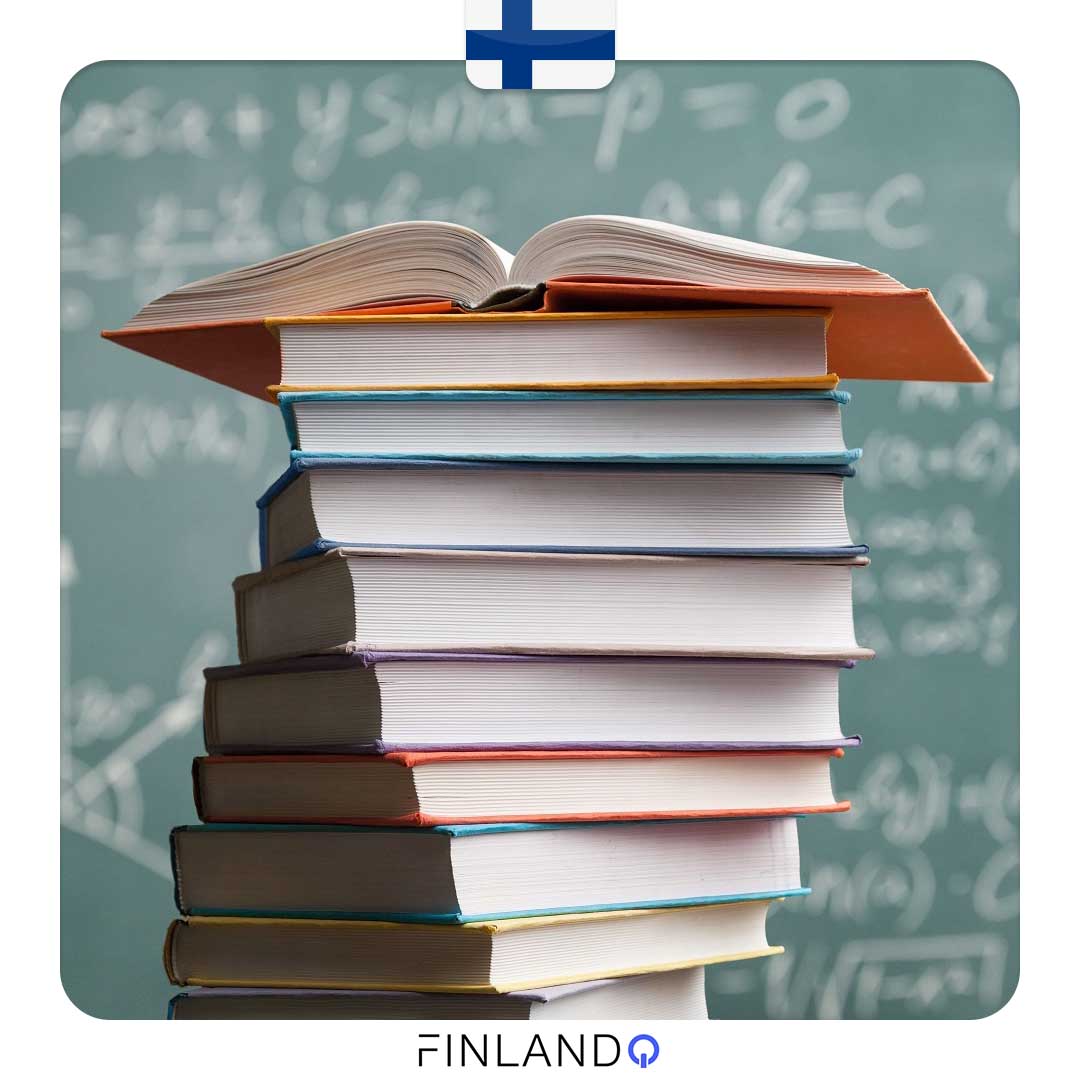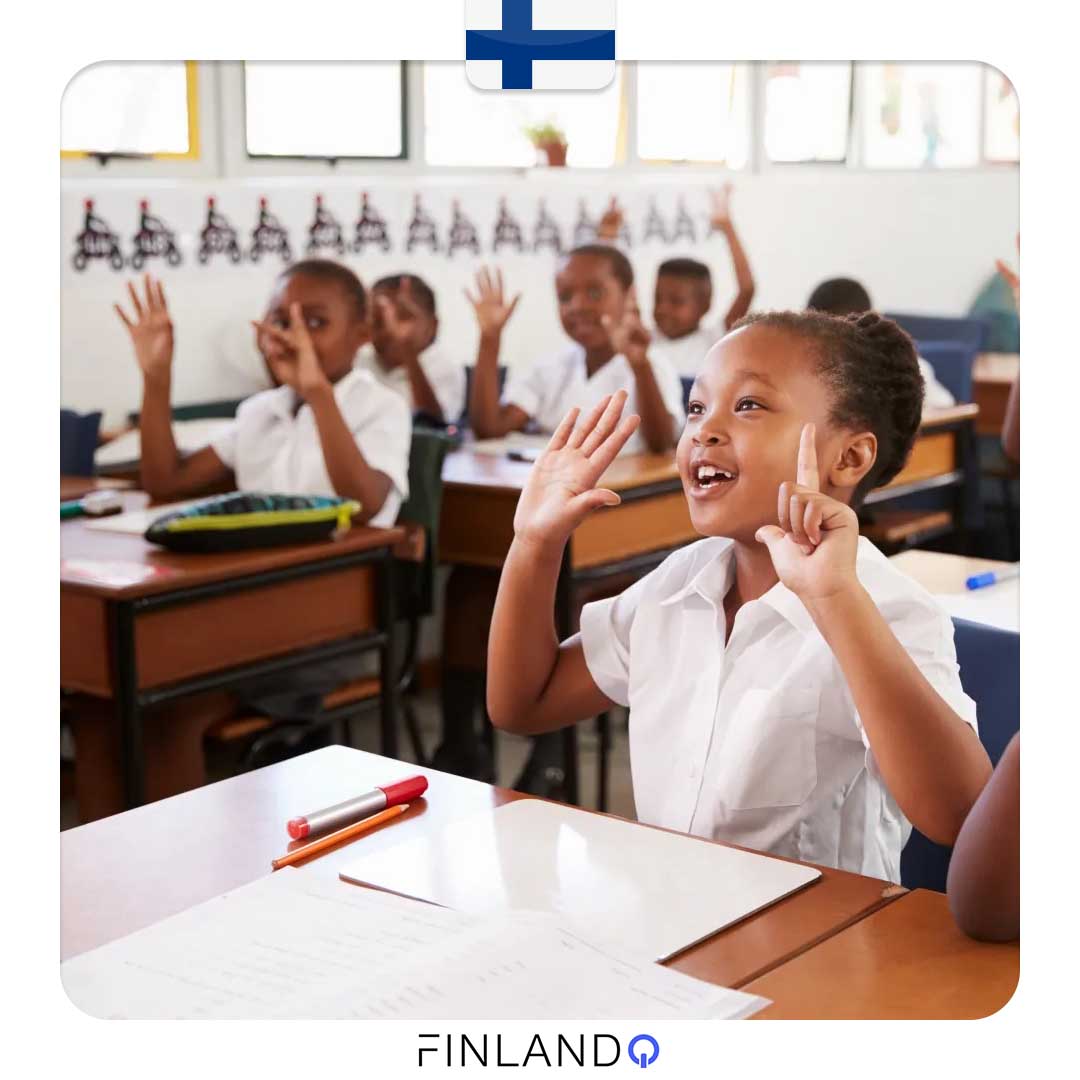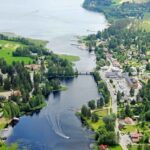If you’re considering studying abroad, you’ve probably heard about the high quality of Finland’s education system, World’s Best Education System . There are various factors that make Finland one of the top choices for immigration, including its excellent education system, high quality of life, adequate income, city safety, and more. For nature enthusiasts, Finland seems like a dream come true. It’s known as the “Land of a Thousand Lakes” as it boasts more than 186,000 lakes.
Facts About Finland:
- Where is Finland located? Finland is situated in northern Europe. It shares its borders with Sweden to the northwest, Norway to the north, and Russia to the east.
- How big is Finland? Finland covers an area of 338,462 square kilometers.
- How many people live in Finland? Approximately 5.5 million people reside in Finland, with a population density of 16 people per square kilometer.
- What is the capital of Finland? The capital of Finland is Helsinki.
- What languages are spoken in Finland? The official languages of Finland are Finnish and Swedish, but many people also speak English and German.
World’s Best Education System : Evolution of Finland’s Educational System from the 16th Century to Today
Finland‘s educational system has been highly successful, but it is rooted in a unique history that has brought Finland to where it is today. In the 16th century, Lutheranism became prevalent, and it significantly contributed to the growth of Finland’s educational standards. According to Lutheran teachings, all Christians should be able to read the Bible in their own language. Over time, the emphasis on literacy and the requirement for everyone to learn how to read and write led to specific laws, such as the requirement to learn to read from childhood to adolescence, applied only to Christians who were literate.
This trend continued into the 18th century, where an impressive minimum of 50% of Finland’s population was literate, which was extraordinary. A century later, by the 19th century, 80% of Finland’s population was literate, and by the 1890s, the rate exceeded 95%. The first educational system introduced to Finland was the Swedish system, which remained in place for many years. However, positive changes were made in the late 19th century.
For example, the Gansakoulu system allowed all students to enroll and provided them with lunch, while the Apigalo school system was selective. Not everyone had the opportunity to enroll in these schools, and students from low-income families often missed the chance for education. In this system, continuing education was contingent on registration in specific schools.
After World War II, Finland faced significant economic and political difficulties, but these challenges laid the foundation for the growth of the educational system. During that time, the Finnish government decided to reevaluate its management across all sectors and introduce a new system of education. In this new system, all students were given equal educational opportunities, and they could choose to pursue further studies based on their interests.

The Education System in Finland Today
A common question asked by many is what makes Finland’s education system truly one of the best in the world. Education in Finland is often referred to as the “best,” and this reputation has received global attention and interest. In recent years, Finland was named the happiest country in the world, which has increased people’s enthusiasm to immigrate to Finland. Many wonder why Finland is the happiest country, and we believe that it has a lot to do with the education system. The Finnish education system is moving towards demonstrating the importance of authenticity, fairness, and trust in social life.
The fact is that while Finland does not hold the top place in all PISA (Program for International Student Assessment) rankings, it is the only country in the latest ranking where students have both high academic achievements and high life satisfaction. This is highly influenced by the balance that Finnish students maintain between school and extracurricular activities, giving them a chance to excel in various non-academic activities. This healthy balance between school and regular life leads to a higher quality of life for Finnish students compared to those in other countries.
The Finnish education system is divided into the following stages:
- Pre-school: Between 6 and 7 years of age
- Comprehensive schools: Between 7 and 16 years of age
- Upper secondary school (optional) or vocational schools (optional): 16 to 19 years of age
- Tertiary education, including university degrees, which usually last for 3 to 4 years.
Pasi Sahlberg, an expert in educational policy, emphasizes that the success of Finland’s education system has been influenced by various factors. He attributes the system’s success to research and inspiration from other educational systems. For the design of this education system, educational authorities, teachers, and officials collaborated to achieve a common goal: to provide equal learning opportunities for all children.
In general, there is no straightforward answer to why Finland’s education system is truly this successful. However, we’ve gathered a list of nine elements that contribute to the success of the Finnish education system, which we’ll explore in the following.
Equal Opportunities: One of the Key Factors in the Success of World’s Best Education System
The primary goal of the Finnish education system is to provide high-quality universal education. This means that free, comprehensive education opportunities are available to all citizens. In Finland, it doesn’t matter at what level you live; everyone has equal educational opportunities, enabling talented individuals to achieve great success.
Learning Through Play
In Finland, there is a strong emphasis on learning through play before children enter school. Finnish preschools follow the National Curriculum for Early Childhood Education and Care (ECEC), which focuses on play, health, and the overall well-being of children. In Finland, it is believed that children should be allowed to be children and empowered to discover their natural creativity. This happens mainly in preschool, where children learn to enhance their creativity and acquire various skills through play.
Personalized Learning
In Finnish schools, students are not ranked based on exam scores because there is no national standardized test. Learning in the Finnish education system is personalized for each student by strengthening their strengths and supporting their challenges. The progress of each student is tracked through the results of their curriculum-based learning.
Students are encouraged to pursue their personal learning path, which enhances their strengths and considers all aspects of their life. In other words, there are no educational dead ends in the Finnish education system as their learning paths are flexible.

Absence of Standardized Testing
The absence of standardized testing is another aspect that surprises many. The learning of students in Finland is assessed using various qualitative methods that focus on overall knowledge and skill development, rather than rote memorization and quantitative grades. By bypassing standardized tests, Finland has paved its way to equality, professionalism, and collaboration.
Minimal Homework
The typical age for starting first grade is when a child is 7 years old. During the early years of school, students have very little homework, and school days are short. This gives children more time for play, extracurricular activities, and skill development after school. This also significantly increases the level of students’ satisfaction with their lives.
Innovative Learning Methods
A wide range of digital tools and resources is used for Finnish students to learn various subjects. Countless facilities and the introduction of the latest digital learning methods have made Finnish students more enthusiastic about studying.
Learning at All Ages
The Finnish education system promotes lifelong learning. It doesn’t matter at what age or stage of life a person is; they can always continue their education through a flexible system.
Independent Teachers
Finnish teachers enter the profession after completing university courses. Finnish teachers have a lot of freedom in the system, and this plays a significant role in the success of the country’s education system. Teachers are motivated by the autonomy given to them to plan their class-specific teaching programs.
A significant part of a teacher’s education is learning how to adapt their teaching methods to different types of learners since students’ characteristics can vary greatly, and a teacher, equipped with knowledge of these characteristics, must be able to implement the best teaching methods in the classroom.












